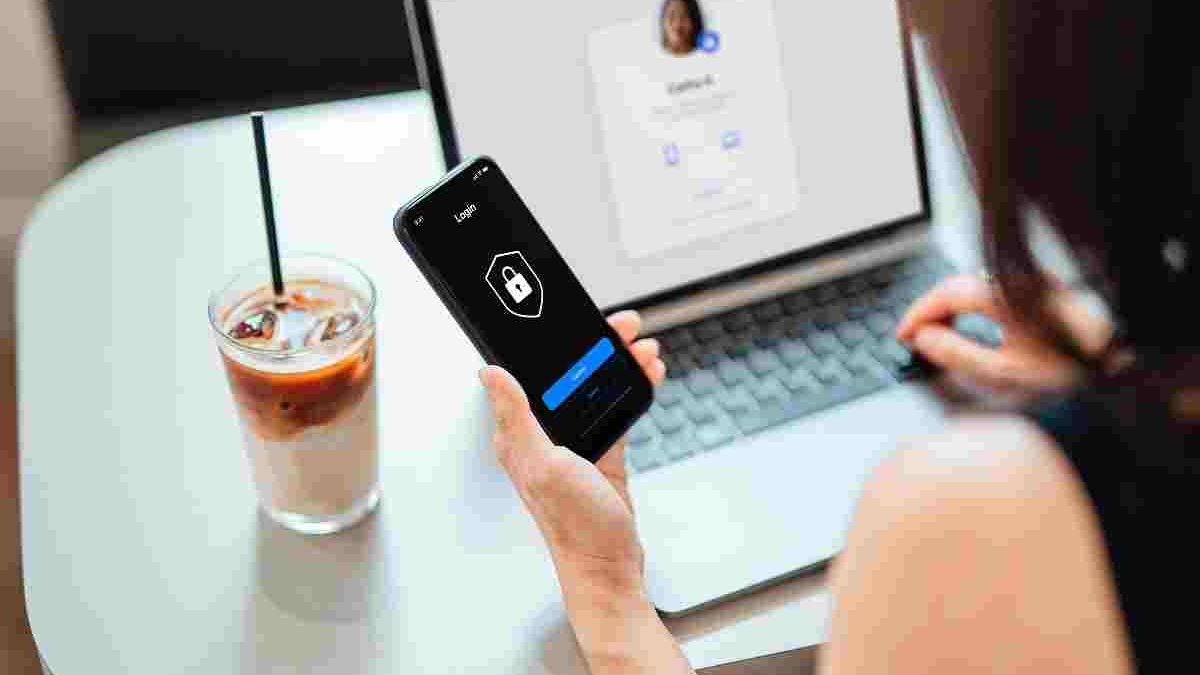Secure Public Wi-Fi Use While Traveling – In our interconnected world, the ability to work remotely has become a game-changer, allowing individuals to stay productive while exploring new destinations.
However, the convenience of public Wi-Fi comes with its risks, as these networks often need to be more secure than private ones.
When you’re on the go and need to connect to public Wi-Fi, taking proactive steps to safeguard your privacy and sensitive information is crucial.
Table of Contents
Understanding the Risks
Public Wi-Fi networks in airports, hotels, coffee shops, and other public spaces are convenient but need to be more secure.
Cybercriminals can exploit vulnerabilities in these networks to intercept your data, including login credentials, personal information, and sensitive work documents. Consider using incognito mode in Safari to add an extra layer of privacy when accessing these networks.
The lack of encryption on many public Wi-Fi networks makes it easier for hackers to eavesdrop on your online activities.
Tips for Protecting Your Privacy
1. Use a Virtual Private Network (VPN)
One of the most effective ways to secure your connection to public Wi-Fi is by using a VPN. A VPN encrypts your internet traffic, making it significantly harder for hackers to intercept and decipher your data.
Various VPN services, both free and paid, offer different levels of security and features. Before your trip, research and select a reputable VPN provider, install the software on your devices, and ensure it’s activated whenever you connect to public Wi-Fi.
2. Update Your Software
Keeping your operating system, antivirus software, and other applications up to date is crucial for maintaining the security of your devices. Software updates often include security patches that address known vulnerabilities.
Set your devices to automatically update or check for updates regularly, especially before embarking on a trip where you’ll be relying on public Wi-Fi.
3. Enable Two-Factor Authentication (2FA)
Adding an extra layer of security to your online accounts through two-factor authentication can significantly enhance your privacy.
Even if a cybercriminal manages to obtain your login credentials, they would still need a secondary form of verification, such as a code sent to your mobile device, to access your accounts.
Enable 2FA for your email, cloud storage, and other critical accounts to fortify your digital defenses.
4. Be Wary of Unsecured Websites
When working on public Wi-Fi, avoid accessing sensitive information on unsecured websites. Look for “https://” in the website’s URL, which indicates a secure, encrypted connection.
Certain websites encrypt the data transmitted between your device and the site, reducing the risk of interception. Additionally, consider browser extensions that force HTTPS connections when available.
5. Turn Off Sharing and Public Network Discovery
Adjust your device settings to minimize the risk of unauthorized access. Disable file and printer sharing and public network discovery to prevent others on the same network from accessing your files.
This extra layer of security adds a barrier against potential intruders attempting to exploit shared resources on public networks.
6. Forget the Network After Use
Many devices automatically connect to known Wi-Fi networks, which can pose a security risk if you forget to disconnect from public networks after use.
Manually disconnect and forget the network to ensure your device doesn’t automatically reconnect the next time you’re in the vicinity. This simple step can prevent unintentional exposure to potential security threats.
What to Do Before Connecting
1. Research Your Destination
Before your trip, research the security of Wi-Fi networks at your destination. Some places may have more secure public Wi-Fi options than others. Choose accommodations that offer secure, password-protected networks or inquire about their network security protocols.
2. Update Passwords
Change and update passwords for your important accounts before traveling. This minimizes the risk of potential security breaches that may have occurred while using public Wi-Fi during your previous travels. Use strong, unique passwords for each account to enhance your overall cybersecurity.
3. Back Up Your Data
If your device is compromised while using public Wi-Fi, having recent data backups ensures you won’t lose critical information. Regularly back up your files to an external hard drive or a secure cloud service, making it easier to recover your data in case of any security incidents.
4. Consider a Personal Hotspot
Consider using a personal hotspot if your work requires a consistently secure and reliable internet connection. Most smartphones can be turned into hotspots, allowing you to connect your devices to a private, encrypted network created by your phone. While this might use your mobile data, it adds an extra layer of security when public Wi-Fi is not trustworthy.
That’s A Wrap
Working on public Wi-Fi while traveling offers unparalleled flexibility, but it’s crucial to prioritize the security of your data.
By implementing the tips mentioned above and taking the necessary precautions before connecting to public networks, you can minimize the risks associated with remote work on the go.
Prioritize your privacy, stay vigilant, and enjoy the benefits of working remotely without compromising the security of your sensitive information.

